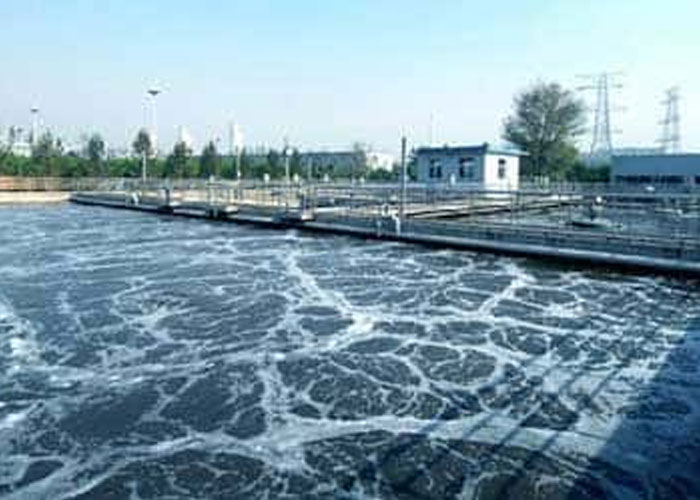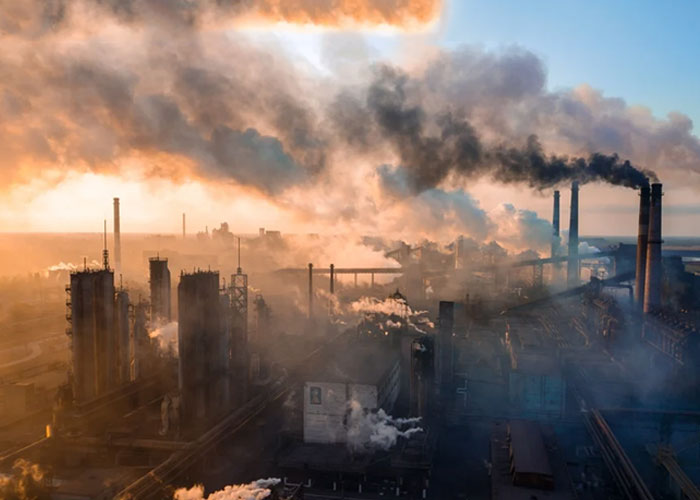Environmental pollution, industrial effluents, and chemical pollutants - how do we deal with these problems? This article explains the basic concepts behind sewage treatment plants. You'll learn about aerobic treatment, anaerobic digestion, and the advantages and disadvantages. We'll also discuss the importance of choosing the right location for a wastewater treatment plant
Environmental pollution
Wastewater treatment facilities remove pollutants from water before it reaches natural sources. In nature, there is no such thing as pure water. Pollution in water refers to its presence of impurities, and the distinction between polluted and clean water is based on the types of contaminants and their intended use. Pollution results from human activity, but the distinction is not always clear. The following are some examples of pollutants that wastewater treatment facilities can remove.
An Effluent Treatment Plant for Textile Industries uses various methods to remove wastewater from the textile industry. These methods remove suspended matter from the effluent, reducing the strength of the water and facilitating secondary treatment. The most common types of sedimentation equipment are centre-feed circular clarifiers and horizontal flow sedimentation tanks. Sedimentation tanks allow the lighter particles to settle. Mechanical scraping or pumping removes the settled sludge from the bottom of the tank.
Municipal wastewater is a major source of pollution. Compared to untreated industrial wastewaters, municipal wastewaters are more likely to contain high concentrations of pollutants. While many municipalities utilize sophisticated wastewater treatment technologies, some fail to provide adequate treatment. Wastewater is a complex mixture of various substances, including nutrients, pathogens, organic wastes, and over 200 chemicals. Wastewater cleanup must protect human health and the environment.
Industrial effluents

Municipal wastewater treatment plants treat industrial effluents for reuse, and CETPs treat secondary effluents with coagulation, ultrafiltration (UF), and a nutrient addition process. However, varying industrial effluent characteristics necessitate upgrading of the existing treatment schemes. As a result, the most efficient plants were constructed in North India. These plants treat an average of four to five million gallons per day.

Urban water treatment plants treat wastewater from all sources, including light industrial sources. They remove pollutants, break down organic materials, and destroy pathogens. Urban wastewater treatment plants can also use the energy produced by biogas to power their operation. Biogas produced by wastewater treatment plants can be tapped to supply power and ensure that the facility's primary function is not interrupted by power outages. These plants are environmentally friendly, allowing municipalities to take advantage of low-cost treatment technologies.
Chemical pollutants
The EPA is considering regulations on newer pollutants that have not been regulated for years. Some of these are organic compounds, which have received increasing attention over the past decade, and others are not. The EPA is also evaluating the impact of these contaminants on water supply systems worldwide. Its ultimate goal is to protect public health and the environment by regulating pollutants in wastewater. For example, many of the chemicals in wastewater treatment plants are toxic to plants and the environment.
The different types of chemicals released into the environment are categorized into three broad categories. Among these are conventional and nonconventional pollutants. Conventional pollutants are derived from industrial discharges, oil spills, and paved roads. On the other hand, nonpoint sources are domestic and include household cleaners and pesticides. Some toxic substances can harm aquatic life, while nonconventional pollutants are derived from natural sources.
Anaerobic treatment
The most commonly used form of anaerobic treatment in wastewater treatment plants for municipalities is the anaerobic pond, which can be built using low-cost materials and does not require energy inputs or imported technology. The cost of capital for anaerobic ponds is also low. The majority of the energy is converted into electricity through combustion, leaving the remaining 65% as heat.
During the initial stages of anaerobic treatment, approximately 50% of the suspended solid matter settles out. This sludge is referred to as raw sludge and is considered fresh before anaerobic processes take over. However, the sludge will turn putrescent in a short period once anaerobic bacteria take over. Therefore, removing the sludge from the sedimentation tank is imperative before it becomes putrescent.
Small-scale effluent treatment
Small-scale effluent treatment plants (SSTPs) treat both domestic and industrial wastewater. These plants serve ten and one thousand households, each addressing two and four million litres of wastewater per day (MLD). In India, SSTPs are routinely used for flushing toilets, gardening, and other applications, with treated wastewater discharging to the Ganga river.
Wastewater treated with biofilm technologies is highly effective at reducing COD and other pollutants. The sand filtration reduced COD by 63 to twenty-seven milligrams per litre. The integrated efficiency of CETPs and MIA CETPs was 10 to 20 per cent higher, despite the absence of biological units. In addition, combined secondary effluent post-treatment for municipal garden industries was highly effective at reducing turbidity and total suspended solids.







































Share Post